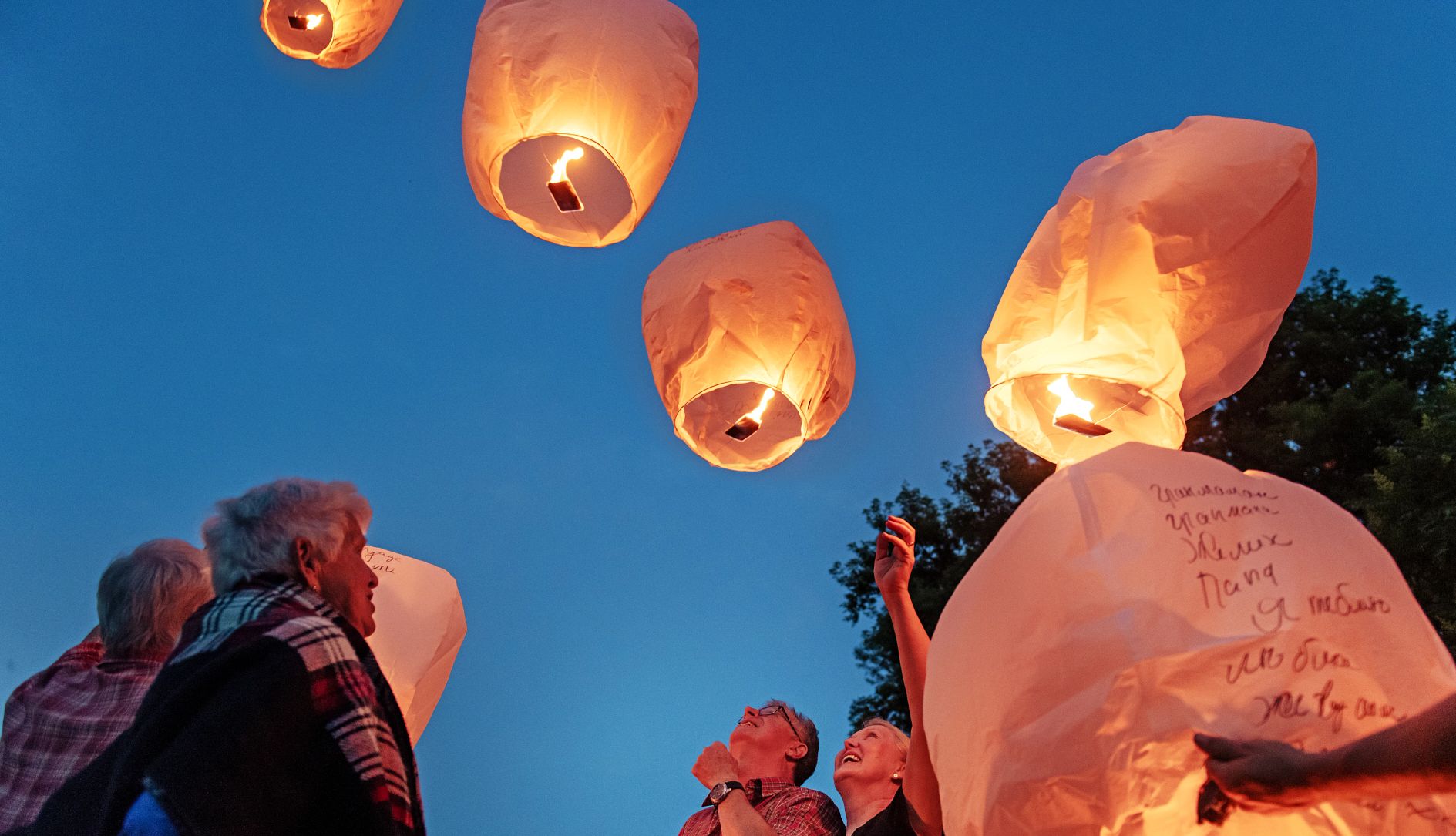
- Select a language for the TTS:
- UK English Female
- UK English Male
- US English Female
- US English Male
- Australian Female
- Australian Male
- Language selected: (auto detect) - EN
Play all audios:
PERSONALIZE THE SERVICE “My only rule is to make it a reflection of the person you are honoring,” says Anne Murphy, a life-cycle celebrant in St. Paul, Minnesota. “You should have a really
good idea of how they lived and how they impacted our lives by the end of the service. If you don’t, it can feel really empty.” Gather memories, stories and mementos such as photos and
letters from family members and friends. To coordinate planning, Murphy suggests using a shared online document that all involved in the service can see and comment on so everyone is
comfortable about what is to be shared. Jeff Baron, a playwright and children’s book author, has led numerous services for friends and family in the past 20 years. “I think about it the way
I think of putting on any show. I make it meaningful and engaging for the intended audience and for the deceased,” he says. His tips include having a rehearsal for speakers, as well as
offering to read remembrances for those who are uncomfortable speaking in public or out-of-town. OFFER LIVESTREAMING Randy Anderson, a funeral director in Alexander City, Alabama, and past
president of the NFDA, has arranged more than 100 services with a livestreaming option in the past few years for older family members who can’t travel and for those in the military unable to
come home. One of the reasons Anderson began offering an online option was his own experience as a remote attendee at a friend’s funeral. “You couldn’t see the congregation of people there,
but you really felt like you were a part of that group. It made me feel better because I was able to support my friend … and his family.” As part of planning, let all those who will read or
perform know in advance that the program will be streamed, he says. If a person who can’t attend wants to say something, someone else can read tributes — or even better, Anderson says, a
video recording can be played. “While I could read a letter from someone who’s deployed,” he says, “I don’t have the same body language that they have when they’re reading it.” “It’s been a
blessing to be able to widen the circle of comfort and care for bereaved families,” says Bernstein, who has presided over several hybrid gatherings. RESOURCES The NFDA has a page with
information on planning a service as well as tips on writing a eulogy. _This article was originally published May 11, 2020. It has been updated with more recent data on cremation as well as
information on livestreaming services._






